Slide 2
- Voronoi Diagrams
- Minimum Spanning Trees
- High Quality Triangular Meshes
Slide 3
The Problem:
There are several ways by which to triangulate any given set of points:

Slide 4
The Delaunay triangulation of a given set of points is defined by the following property:
Equivalently, all triangles in the Delaunay triangulation for a set of points will have empty circumscribed circles.
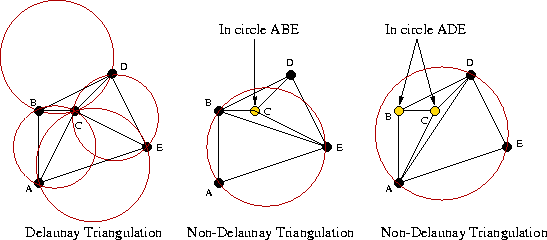
- Generating the Delaunay Triangulation
To generate the Delaunay triangulation, we chose to implement a "divide and conquer" algorithm presented by Guibas and Stolfi , in:
Guibas, L. and Stolfi, J., "Primitives for the Manipulation of General Subdivisions and the Computation of Voronoi Diagrams", ACM Transactions on Graphics, Vol.4, No.2, April 1985, pages 74-123.
- Adding Constraints
Slide 6
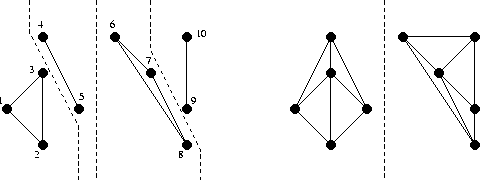
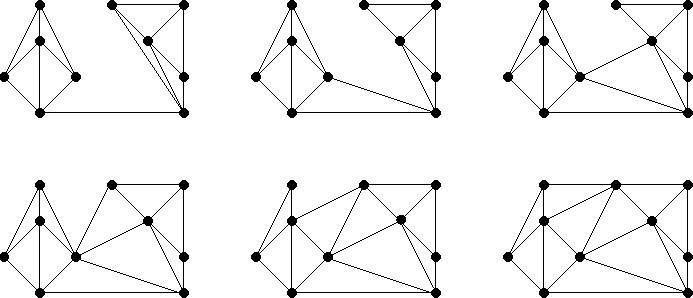
Slide 7
Examples of Delaunay Triangulations
Slide 8
Slide 8
Next, the constraints are added to the Delaunay triangulation. To adjust for the constraint, we need to delete all triangles which have an edge that intersects the constraint.

The constrained edge is then added, and the region is re-triangulated (this time generically).

Slide 9
Examples of Constrained Delaunay Triangulations
Slide 10
- Finding the Delaunay Triangulation
For calculating the Delaunay triangulation, we used a modified version of the triangular data structure given by Jonathan Richard Shewchuk, in his paper, "Triangle: Engineering a 2D Quality Mesh Generator and Delaunay Triangulator."
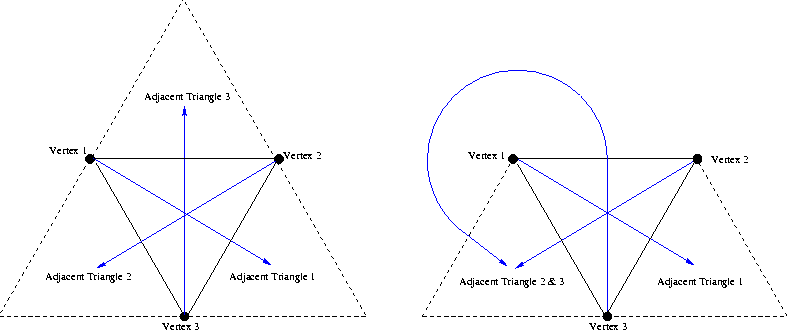
Slide 11
This data structure allows for a triangulation to remain connected (that is all triangles can be accessed starting with any given triangle), even when it is incomplete.
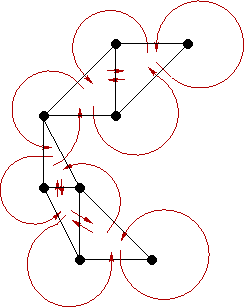
Slide 12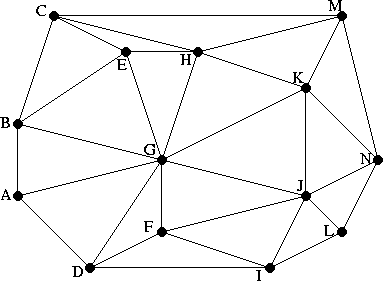
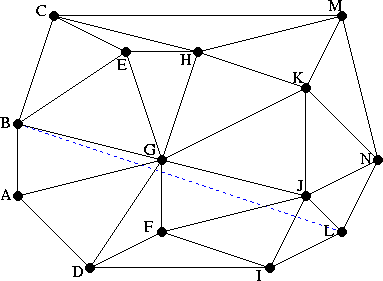
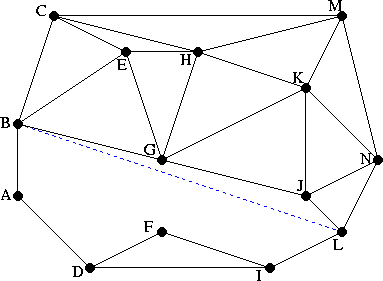
According to the triangular data structure: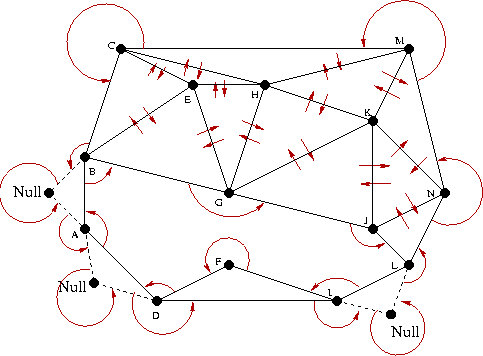
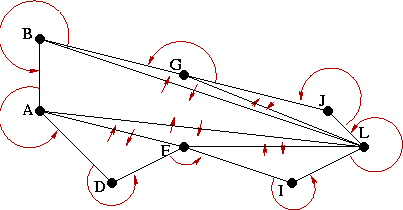
A New Data Structure: The Polygon

Slide 14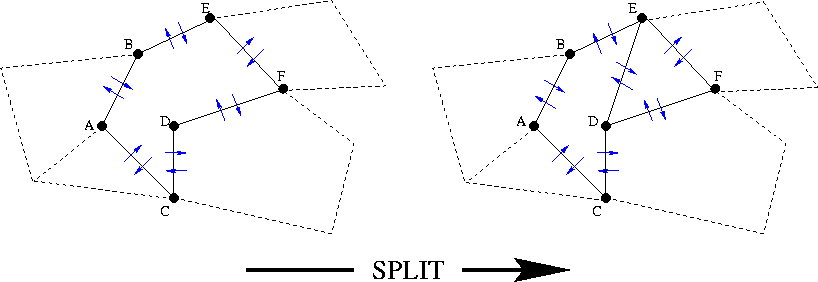
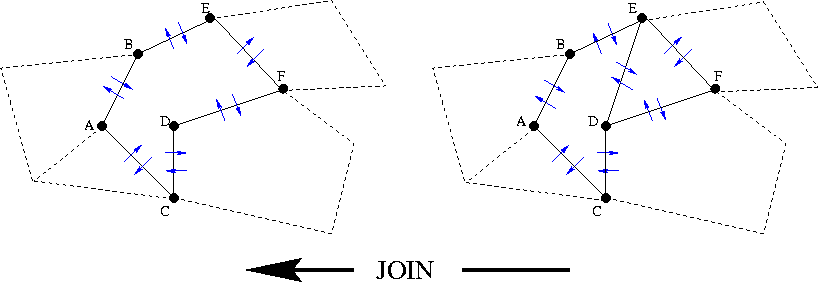
Slide 15
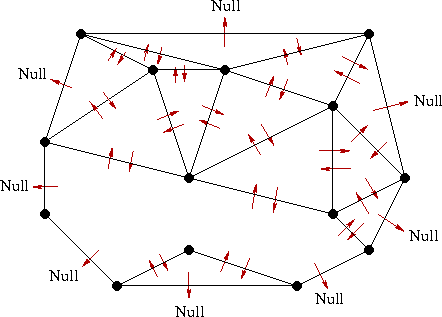
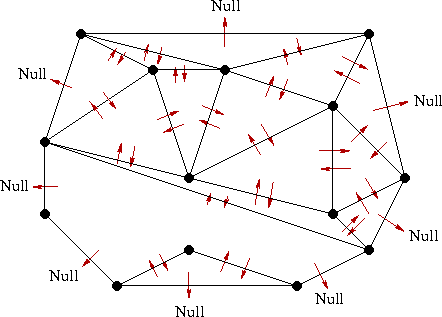
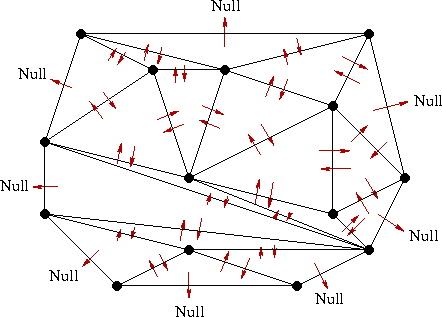
- This project was completed as part of the Minnesota Center for Industrial Mathematics Undergraduate Industrial Mathematics Project.
- The problem was put forth by XOX corporation of Minnesota.
- Advisors for this project were:
- Jesus De Loera, Postdoctoral Fellow at the University of Minnesota
- Wojciech Komornicki , Professor of Mathematics at Hamline University
- Jesus De Loera, Postdoctoral Fellow at the University of Minnesota
- Special thanks to The Geometry Center of the University of Minnesota for use of their computing facility.